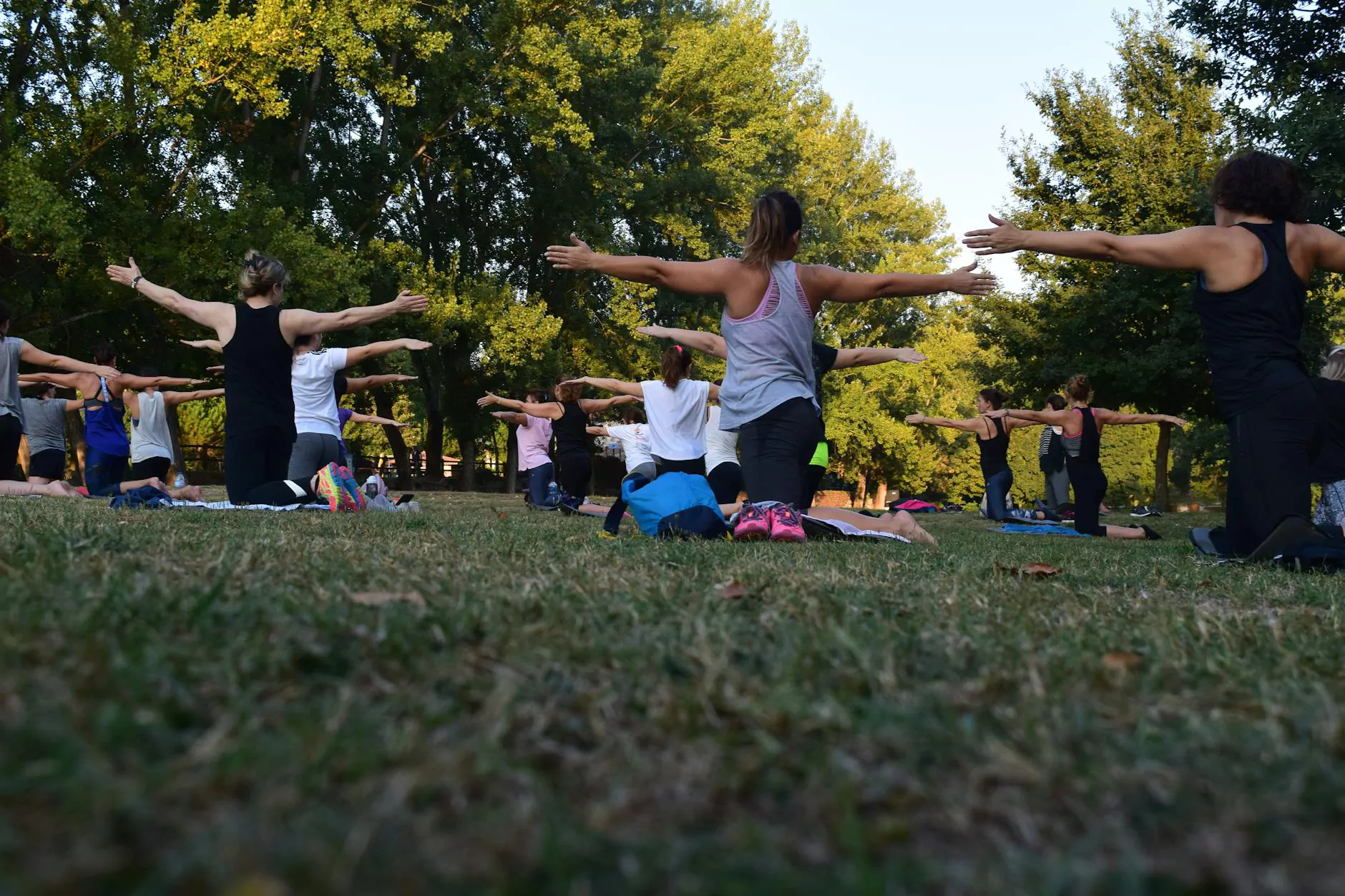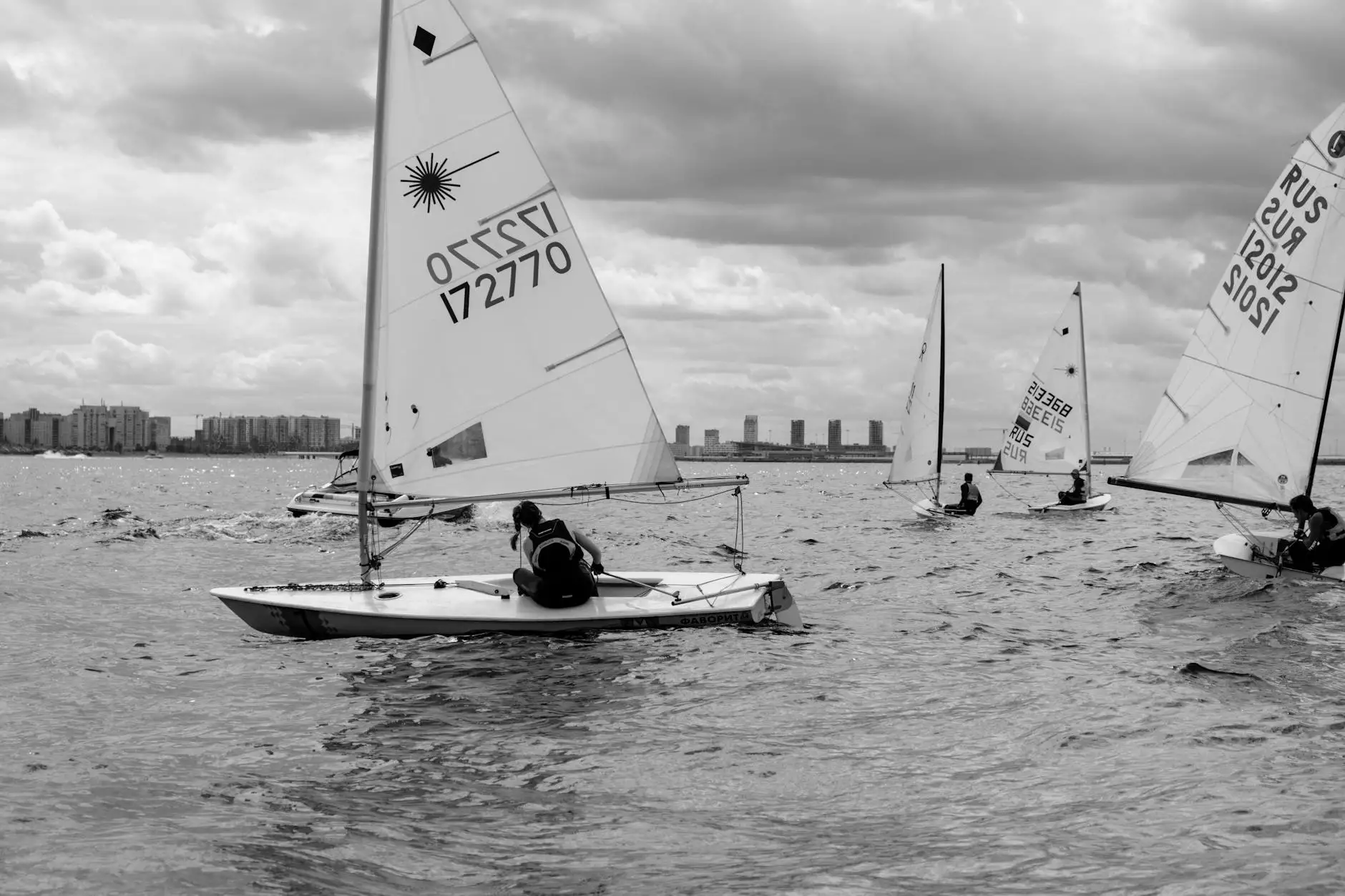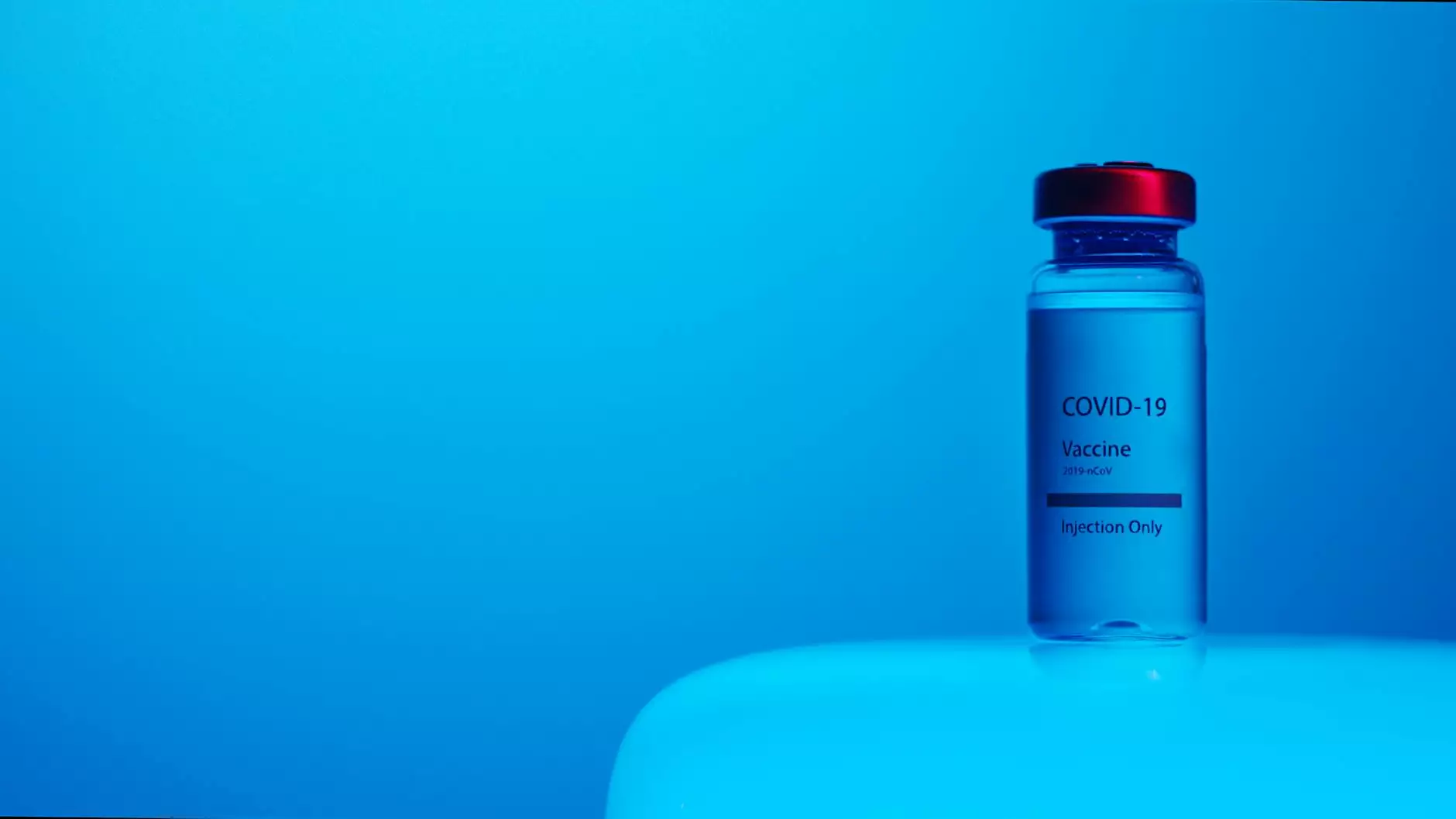Postnatal Pilates for Diastasis Recti: A Comprehensive Guide

Understanding Diastasis Recti
Diastasis recti is a condition that affects many women after childbirth, characterized by the separation of the abdominal muscles along the midline. This separation can lead to physical discomfort, poor posture, and changes in the core's stability. Understanding this condition is vital for recovery and rehabilitation.
Causes of Diastasis Recti
Several factors contribute to the development of diastasis recti:
- Pregnancy: The growing uterus stretches the abdominal muscles, causing them to separate.
- Multiple pregnancies: The more pregnancies a woman has, the higher the chance of developing this condition.
- Obesity: Increased body weight can place extra pressure on the abdominal wall.
- Poor Posture: Weak core muscles can exacerbate the condition during and after pregnancy.
The Importance of Postnatal Exercise
Postnatal exercise is crucial for recovery after childbirth. Engaging in postnatal Pilates helps in:
- Strengthening the core and pelvic floor muscles.
- Improving posture and stability.
- Promoting overall physical and mental well-being.
- Facilitating faster recovery from diastasis recti.
Why Choose Pilates?
Pilates is a low-impact exercise method that focuses on core strength, flexibility, and overall body awareness. It is particularly beneficial for recovering from diastasis recti due to the following reasons:
- Core Focus: Pilates emphasizes deep core muscle engagement, which is essential for healing diastasis recti.
- Controlled Movements: Pilates exercises are performed with precision, reducing the risk of injury.
- Mind-Body Connection: Pilates encourages awareness of body alignment and movement, promoting better overall functionality.
- Adaptability: Pilates can be modified to accommodate different fitness levels and specific needs, making it perfect for postnatal recovery.
How Does Postnatal Pilates Help with Diastasis Recti?
Engaging in postnatal Pilates specifically addresses the symptoms and challenges posed by diastasis recti:
1. Strengthening the Transverse Abdominis
The transverse abdominis is the deepest layer of abdominal muscles, and strengthening this area is crucial for closing the gap associated with diastasis recti. Pilates exercises, such as the pelvic tilt and Toe Taps, target these muscles effectively.
2. Enhancing Core Stability
A stable core is essential for overall functionality and injury prevention. Pilates routines enhance the body's stability through controlled movements that engage multiple muscle groups, creating a strong support system for the spine and pelvis.
3. Correcting Posture
Many women experience changes in posture after pregnancy due to alterations in body alignment. Pilates focuses on postural awareness, helping to correct issues like hunched shoulders or swayed back, which can adversely affect diastasis recti recovery.
4. Reconnecting with the Body
Postnatal Pilates fosters a deeper connection with your body, encouraging you to listen to its needs. This mindfulness is beneficial not just for physical recovery but also for emotional well-being.
Getting Started with Postnatal Pilates
Beginning a postnatal Pilates routine should be done with care. Follow these steps to ensure a safe and effective start:
1. Consult a Healthcare Professional
Before starting any exercise program, consult your doctor or a qualified healthcare provider. They can give you personalized advice based on your health and recovery progress.
2. Find a Certified Instructor
Look for a certified Pilates instructor who specializes in postnatal recovery. An experienced instructor can guide you through appropriate exercises that cater to your specific needs.
3. Start Slowly
Begin with gentle exercises and gradually increase the intensity as your strength improves. Listening to your body is crucial; never push through pain.
4. Focus on Breathing
Proper breathing techniques are essential in Pilates. Learn how to breathe effectively during exercises, as this helps with muscle engagement and control.
Recommended Postnatal Pilates Exercises for Diastasis Recti
Incorporating specific Pilates exercises can aid in healing diastasis recti:
1. Pelvic Tilts
This exercise helps activate the core and pelvic floor muscles. Lie on your back with your knees bent, feet flat on the floor. Gently tilt your pelvis upward, flatting your lower back against the mat. Hold for a few seconds and release.
2. Leg Slides
While on your back, engage your core. Slowly slide one leg away from your body while keeping the other bent. Bring it back to the starting position and repeat with the other leg.
3. Modified Plank
Start on your hands and knees. Engage your core and slowly extend one leg back, keeping the pelvis stable. Perform this on each side to strengthen your core.
4. Side Lying Leg Lifts
This exercise targets the hip muscles while maintaining core stability. Lie on your side with your legs straight. Lift the top leg while keeping your core engaged and hips stable, then lower it back down.
Integrating Postnatal Pilates into Your Daily Routine
Creating a sustainable routine can help maximize recovery and results:
- Set Realistic Goals: Aim for achievable goals, starting with short sessions that gradually increase in duration.
- Stay Consistent: Aim to practice Pilates regularly to enhance strength and mobility.
- Combine with Other Activities: Consider adding walking or light cardio to complement your Pilates routine.
- Listen to Your Body: Always adjust your routine based on how you feel and consult your healthcare provider if you experience any unusual pain.
Conclusion
Postnatal Pilates is a powerful tool in addressing diastasis recti and supporting recovery post childbirth. By focusing on core strength, stability, and body awareness, Pilates can help restore your body and enhance your well-being. Remember to embark on this journey with care and seek guidance from professionals to ensure a safe and effective recovery.
For more information about postnatal Pilates and recovery options for diastasis recti, visit Hello Physio. Our expert team is dedicated to providing personalized, effective solutions for your health and wellness needs.
postnatal pilates diastasis recti








